42 Interesting Facts About Birmingham You Probably Didn’t Know

Are you on the hunt for some interesting facts about Birmingham?
Not everyone is aware that Birmingham is the second largest city in the UK apart from London.
Perhaps you are considering a move to Birmingham, or you may just be looking for somewhere different to spend a day or weekend in this incredibly interesting city.
One thing is for sure: Birmingham is stuffed with exciting attractions, festivals, and points of interest all year round, so it is no surprise that literally, millions of people visit each year.
Like so many of the UK’s amazing capitals, Birmingham has plenty of quirky and fascinating facts that have made it the place it is today.
This is precisely why so many people are drawn to this city, aiming to immerse themselves in the vibrant atmosphere and unique charm Birmingham offers.
In our article, we share 42 facts about Birmingham which we hope you will find both fun and interesting.
The Early History of Birmingham
1. There is evidence of early human activity in the Birmingham area dating back to around 8000 BC, with Stone Age artefacts suggesting seasonal settlements, overnight hunting parties and woodland activities such as tree felling.
2. Birmingham derives its name from the Old English term “Beormingaham,” which translates to “the settlement of Biormingas.” The Biormingas were a tribe known as the Beorma.
3. The development of Birmingham into a significant urban and commercial centre began in 1166 when Lord of the Manor Peter de Bermingham obtained a charter to hold a market at his castle.
4. People from Birmingham are known as “Brummies”. The word comes from Brummagem, a name for the city used by locals since the 1700s.
More Historic Facts
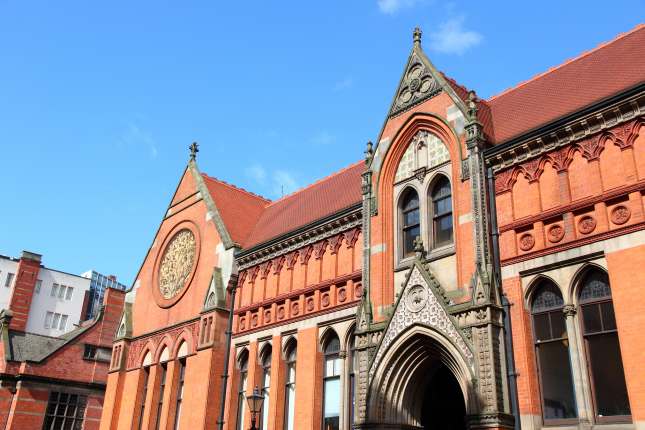
Birmingham University. Image credit: Depositphotos
5. Once a manufacturing powerhouse, the importance of the manufacture of iron goods to Birmingham’s economy was recognised as early as 1538 and grew rapidly as the century progressed.
6. By the 1600s Birmingham formed the commercial hub of a network of forges and furnaces stretching from South Wales to Cheshire. It became known as the “Workshop of the World”.
7. During the 1600s manufactured goods from Birmingham were sold and shipped as far afield as the West Indies.
8. In 1709 the Birmingham-trained Abraham Darby I moved to Shropshire and built the first blast furnace to successfully smelt iron ore with coke. This transformed the quality, volume and scale on which it was possible to produce cast iron.
9. Between 1760 and 1850 – the core years of the Industrial Revolution – Birmingham residents registered over three times as many patents as those of any other British town or city.
10. In Birmingham in 1776 James Watt and Matthew Boulton developed the industrial steam engine. Seen as the pivotal moment of the entire Industrial Revolution.
11. Matthew Bouton was honoured by being featured on the British £50 note.
12. Joseph Priestley, an English chemist, natural philosopher, separatist theologian, grammarian, multi-subject educator, and liberal political theorist, discovered oxygen in 1774 while living in Birmingham.
13. Birmingham’s first canal was opened in 1769 and linked Birmingham to Wednesbury.
14. Joseph Chamberlain, mayor of Birmingham and later an MP, and his son Neville Chamberlain, who was Lord Mayor of Birmingham and later the British Prime Minister, are two of the most well-known political figures who have lived in Birmingham.
15. The city established its own university in 1900. The university is now home to the Barber Institute of Fine Arts, housing works by Van Gogh, Picasso, and Monet.
Architectural Facts
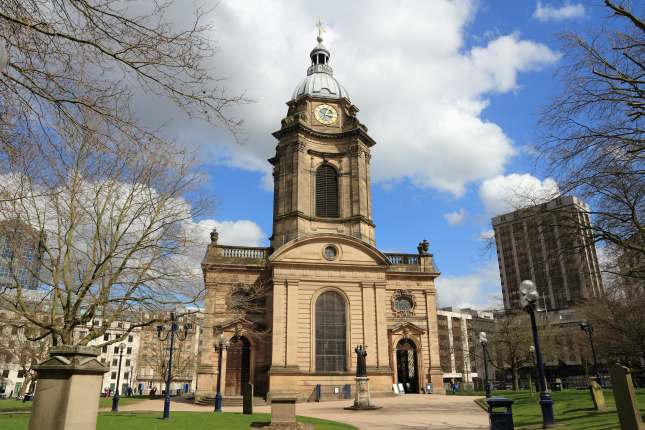
Birmingham Cathedral. Image credit: Depositphotos
16. Originally constructed during the Industrial Revolution to facilitate the transportation of heavy goods for industrial production, Birmingham boasts more miles of canals than Venice! Its network of canals spans 35 miles in length.
17. There are 1,946 listed buildings in Birmingham.
18. Medieval structures include St Martin in the Bull Ring, The Old Crown, and the Old Grammar School.
19. Birmingham Cathedral is the oldest building in the city that is still used for its original purpose and is a rare example of English Baroque Architecture.
20. The Lad in the Lane is a pub in the Bromford area of Erdington in Birmingham. Dating to the year 1400, it is considered to be the oldest house and pub in the city.
21. Railways arrived in Birmingham in 1837 at Vauxhall station. One year later, Philip Hardwick’s Curzon Street railway station opened, and it remains the world’s oldest surviving piece of monumental railway architecture.
22. St Chad’s Cathedral was designed by the same architect that designed Big Ben and the Houses of Parliament in London, Augustus Pugin.
Green Area Facts
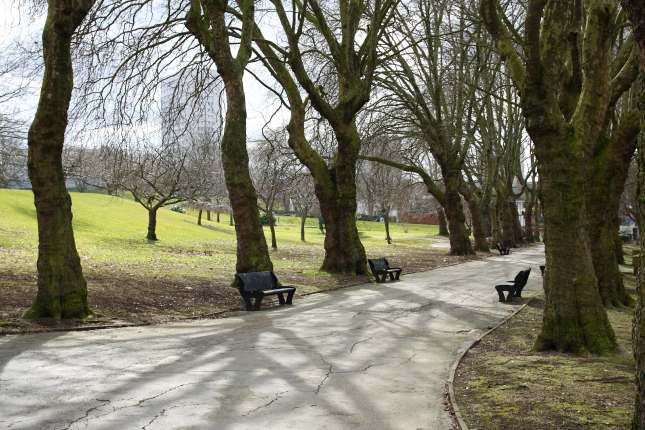
Highgate Park, Birmingham. Image credit: Depositphotos
23. One of the greenest cities in the UK, Birmingham is far from a concrete jungle.
24. Birmingham’s 8,000 acres of open space includes 600 parks, 27 conservation areas and other open spaces. According to the city council, that’s more than Paris!
25. Sutton Park is also one of the largest urban parks in Europe outside a capital city, covering over 2400 acres.
Random Facts
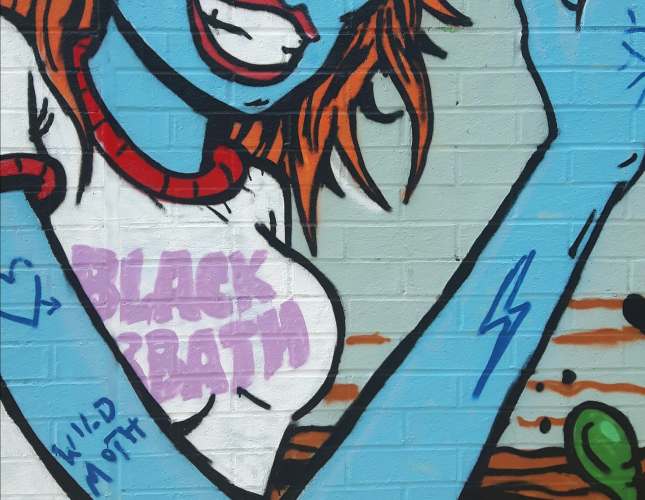
Birmingham is home to Black Sabbath. Image credit: Unsplash
26. The city has been crowned the social, cultural, and economic capital of the Midlands.
27. Birmingham’s Bullring is one of the largest shopping centres in Europe.
28. A number of heavy metal bands were formed in Birmingham such as Black Sabbath and Judas Priest.
29. Other famous sons and daughters of Birmingham include Simon Bates (Radio one DJ), Ali and Robin Campbell (UB40 band members), Barbara Cartland (novelist), Jasper Carrott (comedian), Richard Hammond (Top Gear Presenter), Christine McVie (Fleetwood Mac band member). Just a handful of notable people were born in the city.
Food facts
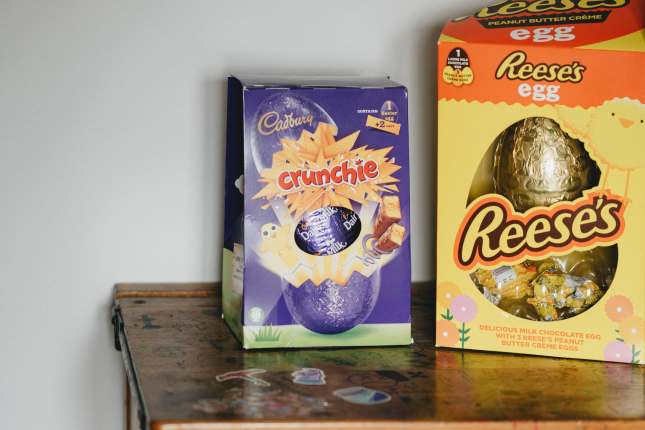
Cadburys was founded in Birmingham. Image credit: Unsplash
Not content with being a world leader with regard to the Industrial Revolution, Birmingham has also been a huge player in the food stakes.
34. Founded in Birmingham in 1824 by a Quaker named John Cadbury, The Cadbury Chocolate Empire is now world-famous.
39. Aside from London, Birmingham has the most Michelin-starred restaurants than any other city in the UK. It has been named as the “most exciting food destination” according to the latest Good Food Guide.
40. In 1896 a new building in the Arts and Crafts style was erected in Corporation Street to house James Henry Cook’s vegetarian restaurant, one of the first in England.
41. The first Chinese restaurant was the Tong Kung on Holloway Head, which opened in 1956.
42. The BBC Good Food Show takes place at The National Exhibition Centre and is Britain’s biggest and most extensive food event.
Wrapping Things Up
These facts just reinforce Birmingham’s historical significance, cultural diversity and its contributions to various fields.
In short, for anyone contemplating visiting or relocating to Birmingham, it is a compelling destination.
Its neighbourhoods offer a variety of lifestyles, from bustling urban areas to quieter suburban communities.
Whether you’re interested in history, food, or entertainment, this city has something to offer every one of its residents and visitors.
Are You Moving to Birmingham?
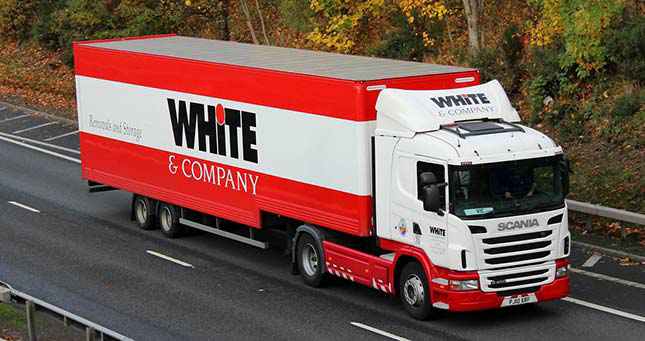
White & Company Truck
We hope you found these facts about Birmingham interesting!
Are you thinking of moving to the area now that you know a bit more about this amazing city?
Birmingham is a remarkable location and offers buyers a range of excellent areas and suburbs to suit everyone’s needs.
Regardless of where you are moving, White & Company can help get you there!
You can start planning your dream move with the assistance of our Birmingham House Removals service from White & Company today.
We are also pleased to offer our new video survey service.
With this new technology, we can safely perform remote removals surveys, determining all the relevant information for your move, all from the security of your own home.
Do not hesitate to give us a call today or fill out a quick quote form to see how we can get your move to Birmingham underway.

Max is a seasoned writer and blogger in the real estate and home moving sectors, as well as a knowledgeable source of information for expatriates living and working abroad. His detailed insights have helped thousands of people move and live abroad with greater simplicity and ease.
Posted in: News
Leave a Comment (0) ↓


